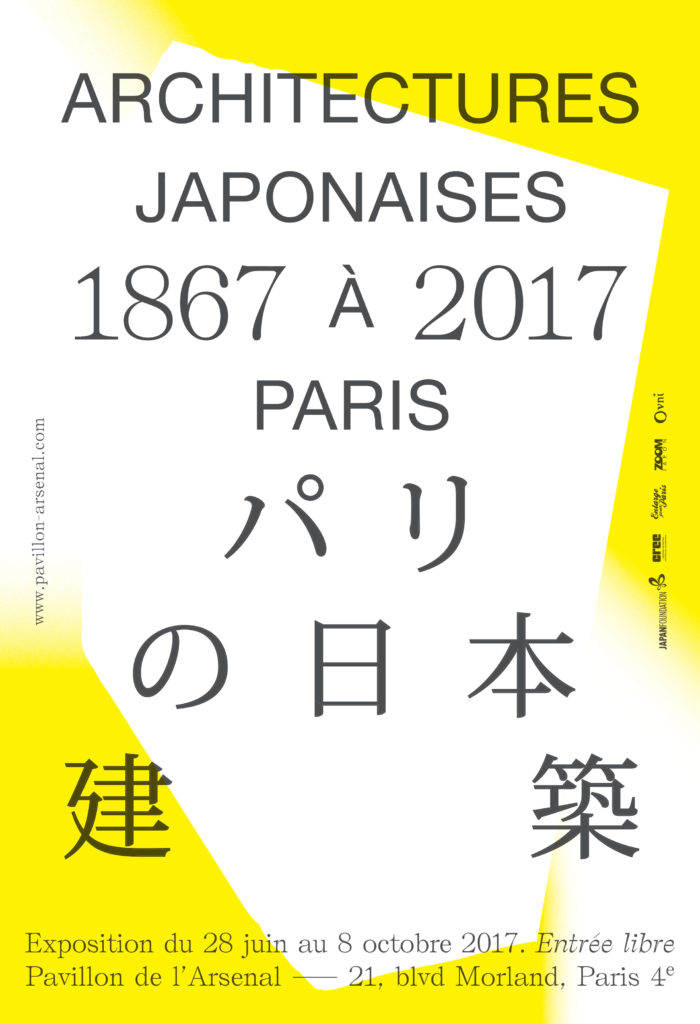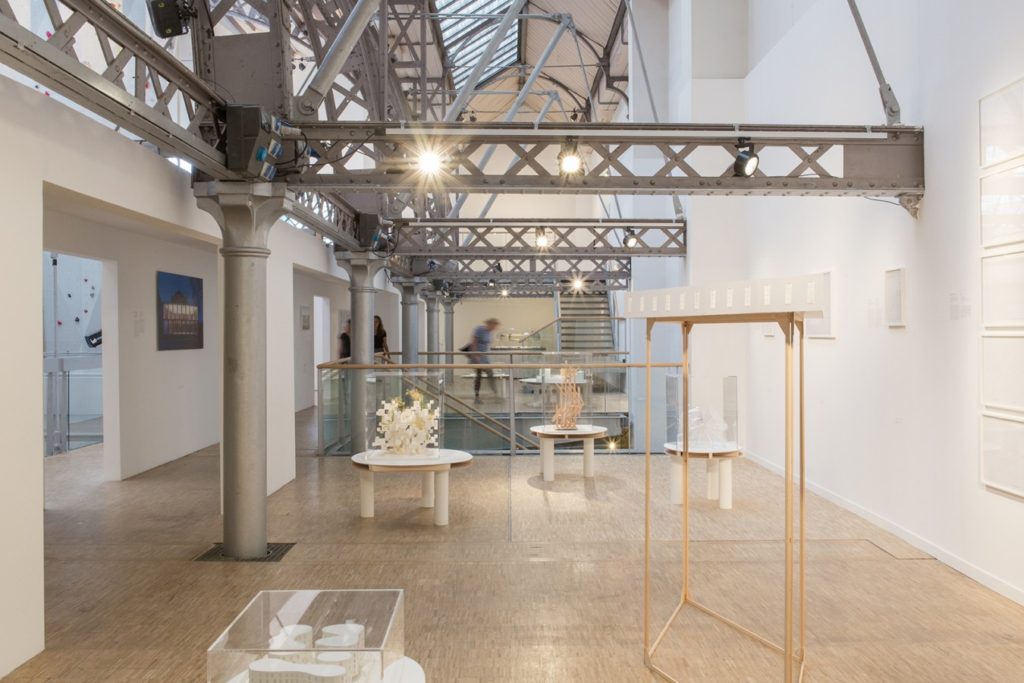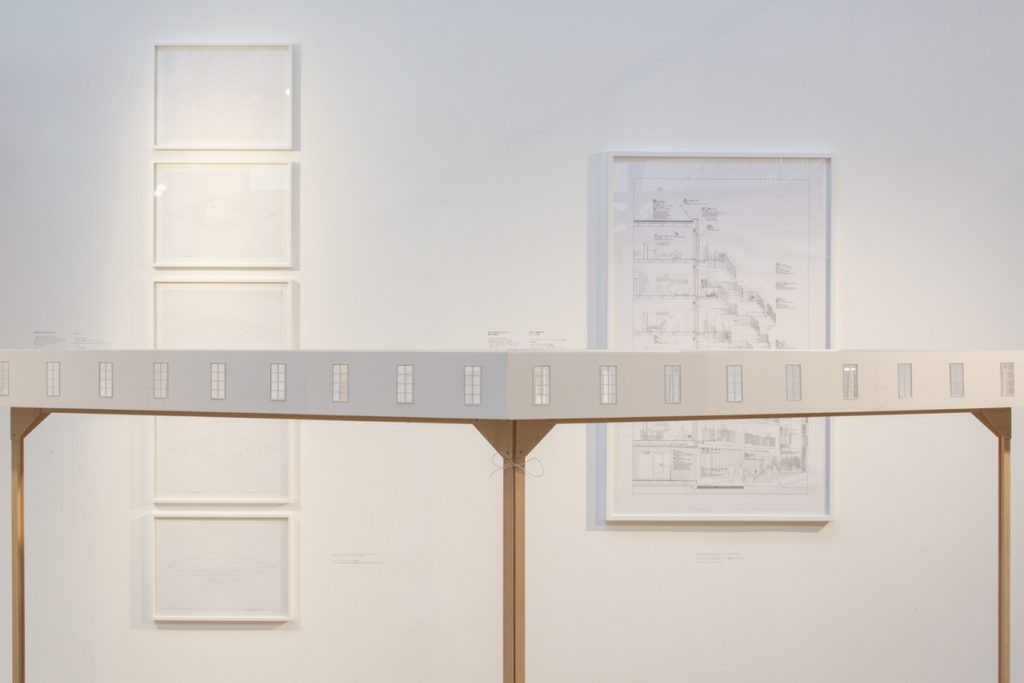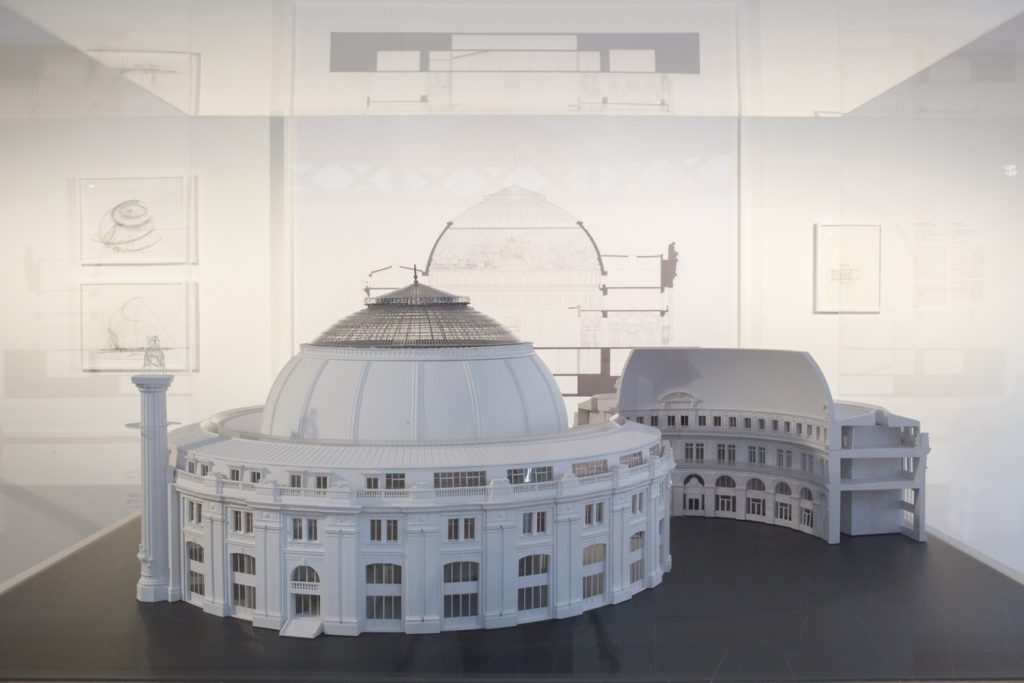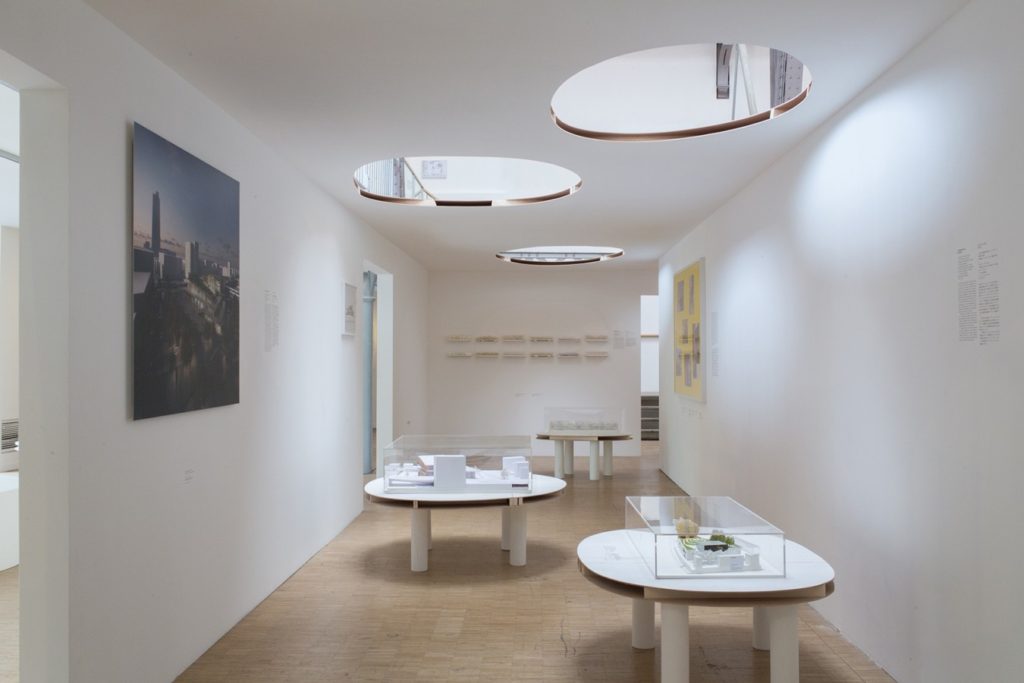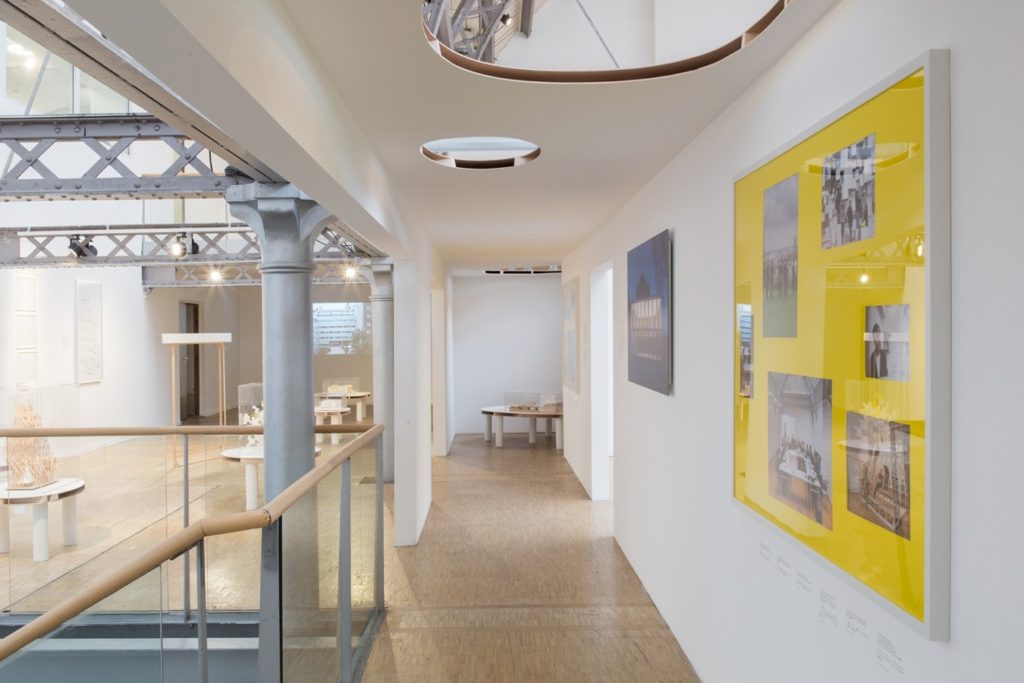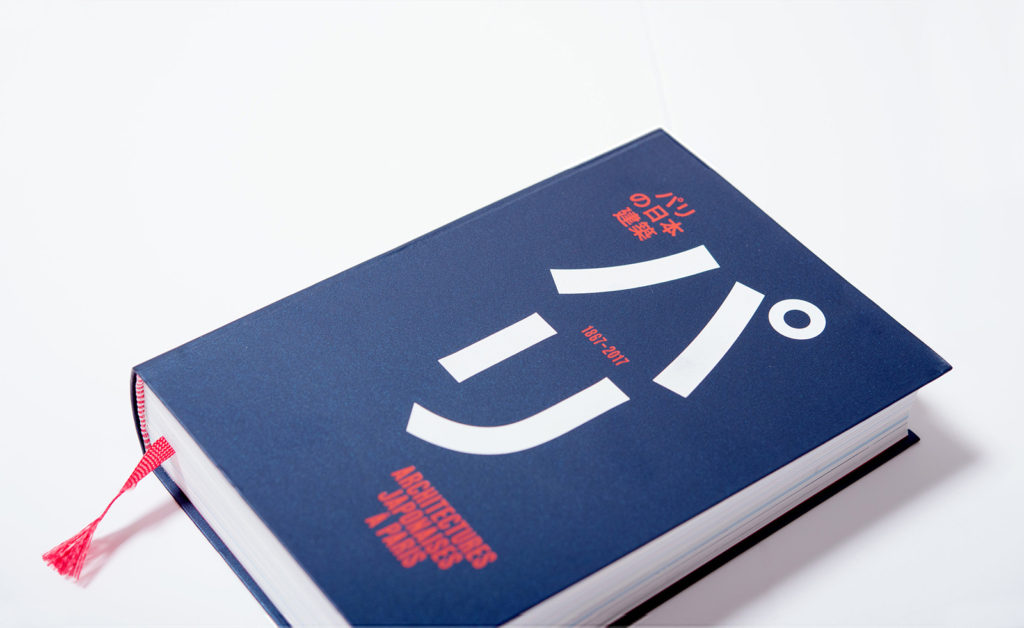Japanese architectures in Paris, 1867–2017
In view of Sanaa’s ongoing rehabilitation of the Samaritaine department store, Sou Fujimoto’s mixed-use “Mille Arbres”, Kengo Kuma’s planned station for the Grand Paris Express or Tadao Ando’s installation of the Collection Pinault in the Bourse de Commerce, the impression arises that a growing number of Paris’ highest-anticipated projects is emerging from the drawing boards of some of the most notable Japanese architects.
What at first sight may seem like a recent phenomenon, is, in reality, the current climax of a historic presence of Japan’s architects in Paris. An early intellectual exchange, begun in Le Corbusier’s office in the 30s, intensified over the years and is – especially since the beginning of the 90s – increasingly diversifying the urban landscapes of both Paris and Greater Paris.
To date, this architecture has not yet been read in a linear way. The exhibition and publication Architectures japonaises à Paris, 1867–2017 not only inventories realized and upcoming projects, but also hundreds of proposals, competition entries, temporary installations, studies, and exhibitions, proving the persistence of an enduring dialogue between two cultures. The remarkable traces that the Japanese left in the French archives, enable reconstituting this narrative through a nearly unilateral research effort.
Examining the context of the creation and the evolution of each project, Architectures japonaises à Paris, 1867–2017 is not necessarily an exhibition and publication of Japanese architecture, but about Japanese architecture. Retracing the projects of its architects in Paris not only captures the architectural and urban history of the French capital, but is also able to re-narrate in broad lines the evolution of contemporary Japanese architecture.
Inauguration: June 27, 6:30 PM
Presented from June 28 to October 1, 2017
Exhibition design: Pavillon de l’Arsenal
Guest curator: Andreas Kofler
Graphic design: Pierre Vanni
Photos: Antoine Espinasseau
Attendance: ~55,000 visitors (~680 visitors/day)
Press:
Le Moniteur: Paris, capitale de l’architecture japonaise, Jacques-Franck Degioanni, 27.6.2017
L’Architecture d’Aujourd’hui: Rising sun over Paris, Emanuel Amselem, 30.6.2017
Zoom Japon: Bâtisseurs nippons en France, Olivier Namias, 30.6.2017
Ovni: 「パリの日本建築」展を観に行こう。 Kaoru Urata, 1.7.2017
20 minutes: Comment les architectes japonais magnifient Paris, Floreal Hernandez, 5.7.2017
Le Figaro: Paris, terrain de jeu privilégié des architectes japonais depuis 150 ans, Adrien Gicquiau, 11.7.2017
Architectures CREE: Les destins parisiens de l’architecture japonaise, Olivier Namias, 20.7.2017
Beaux Arts: Paris-Japon : un mariage en béton, Céline Saraiva, 20.7.2017
Télérama: Architectures japonaises à Paris 1867-2017, Bénédicte Philippe
Libération (Enlarge Your Paris): Plongée dans l’architecture japonaise à Paris, Mona Prudhomme, 30.7.2017
France Culture: Perspectives japonaises (La Grande table d’été), 31.7.2017
Numéro: L’architecture japonaise s’expose à Paris, 31.8.2017
Le Monde: Paris sous l’influence des architectes japonais, Frédéric Edelmann, 31.8.2017
Space: Wave of Japanese Architecture in France, Kim Seokwon, 3.2018
The exhibition Architectures japonaises à Paris, 1867–2017, is accompanied by a publication revealing the intense dialogue between two cultures that began at the close of the 19th century and today boasts a dozen of major constructions that are either in progress or have been recently delivered. These projects include the Bourse de Commerce — Pinault Collection, the Learning Center in Saclay, the Mille Arbres project, the bridging Aurore building on the Left Bank, the Seine Musicale in Boulogne-Billancourt, and the transformation of the Samaritaine department store.
Publication date: June 27, 2017
Editor: Pavillon de l’Arsenal
Author: Andreas Kofler
Graphic design: deValence
Format: 13 x 19,5 cm, 608 pages, 450 illustrations
Japanese/French
Press reviews:
Curator, Andreas Kofler, has indeed found a treasure on the Parisian territory, of which meticulously accounts a catalog that is much more verbose than the exhibition.
Frédéric Edelmann, Le Monde
Tags:exhibitions, publications
